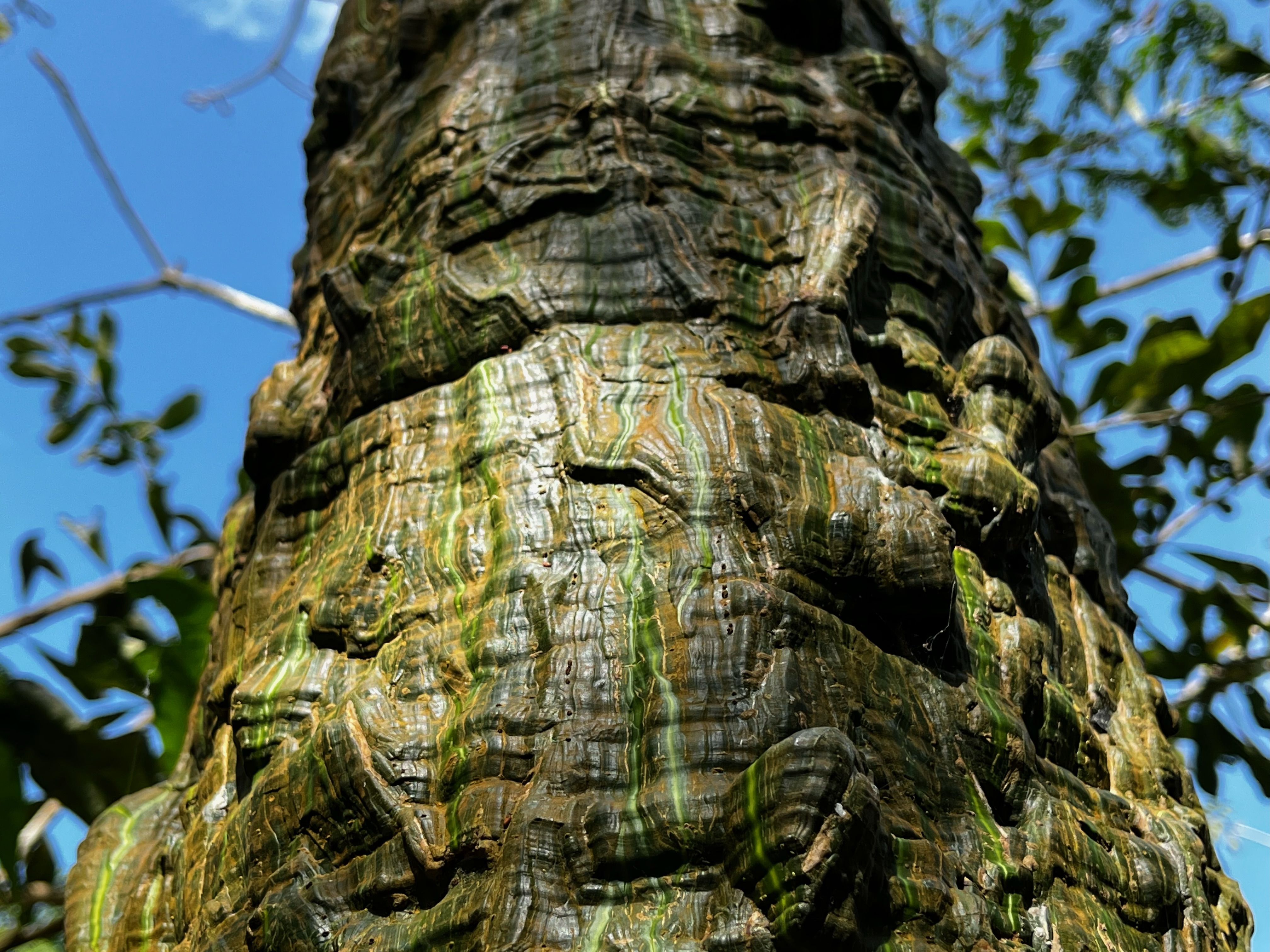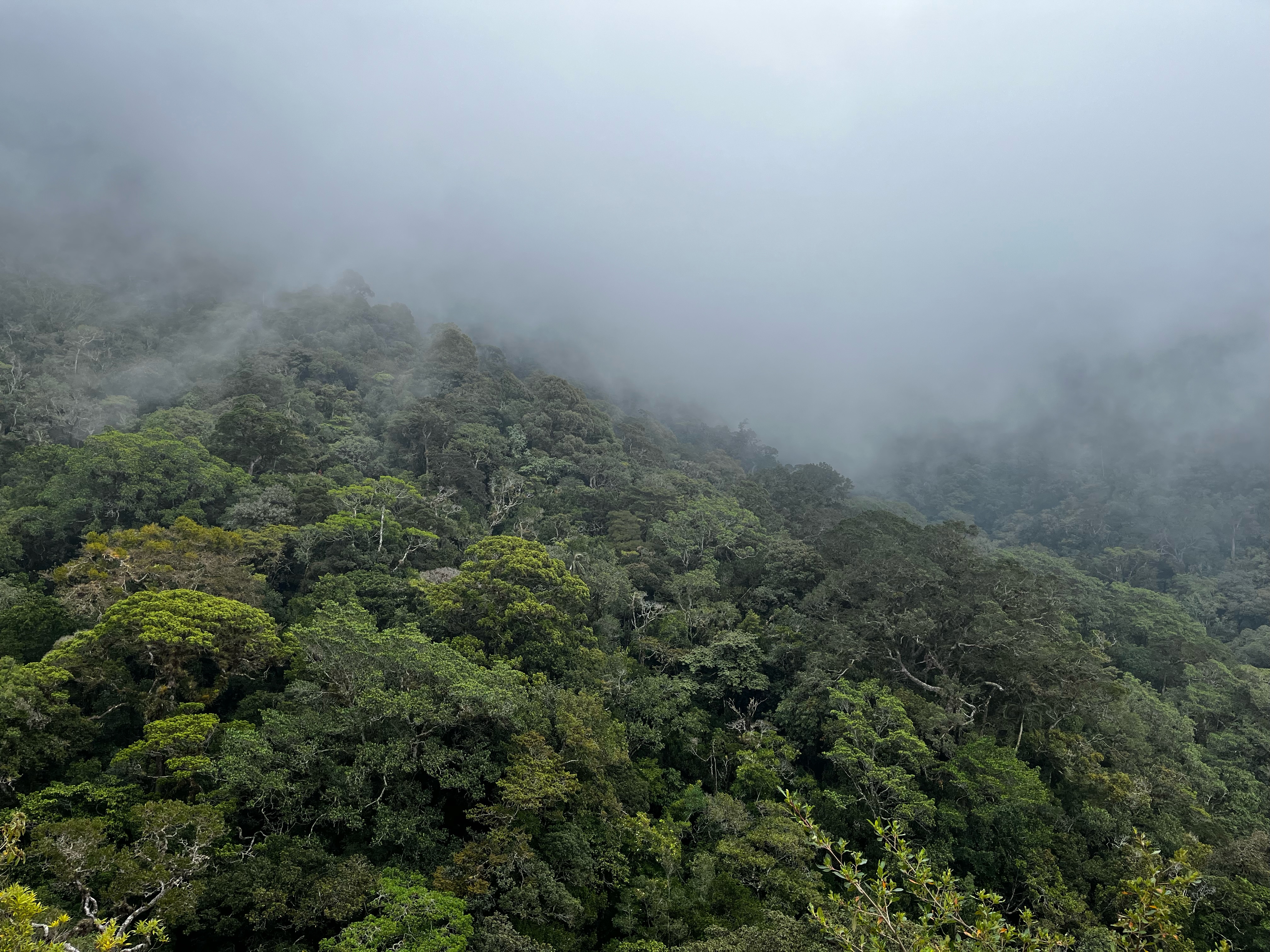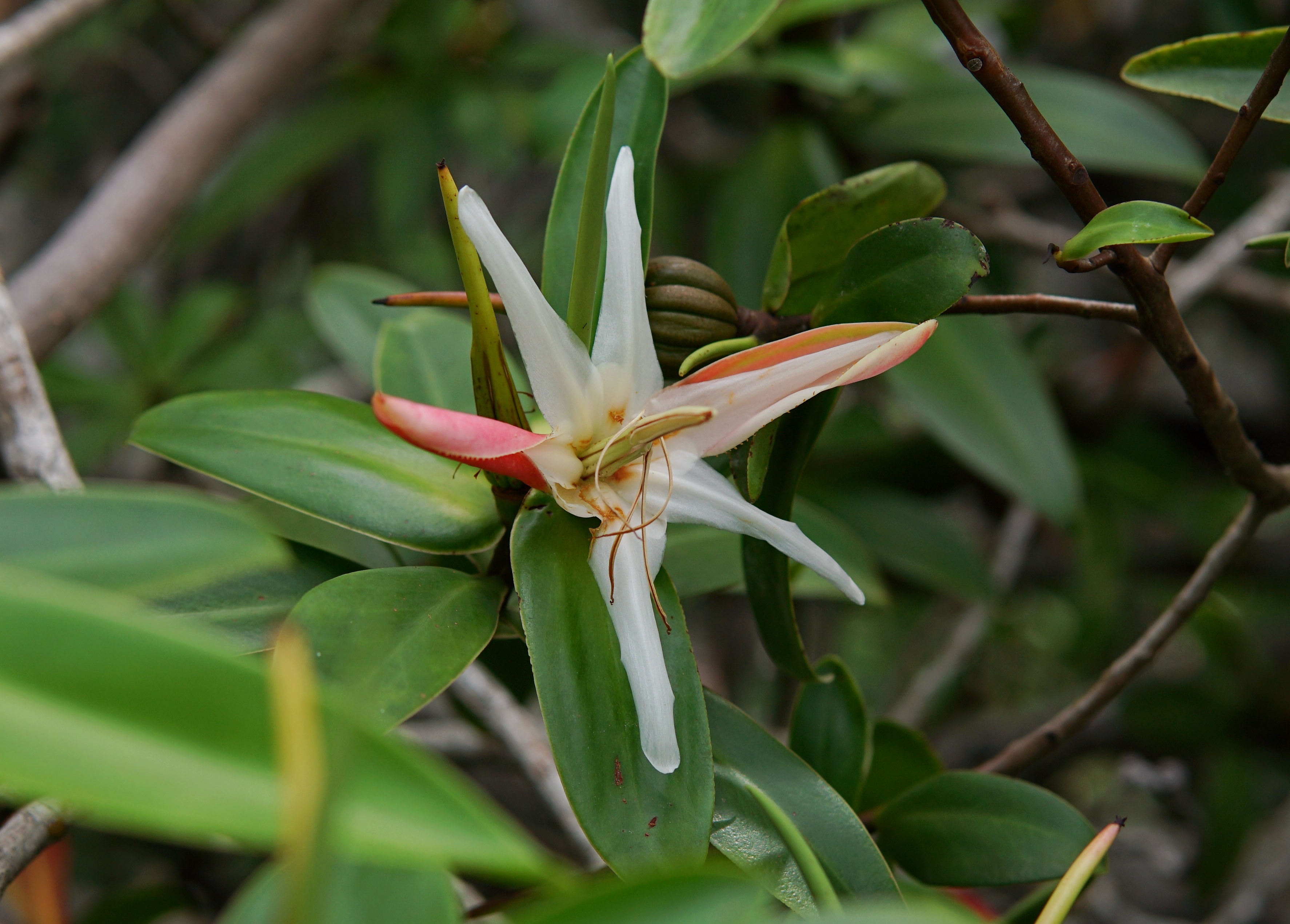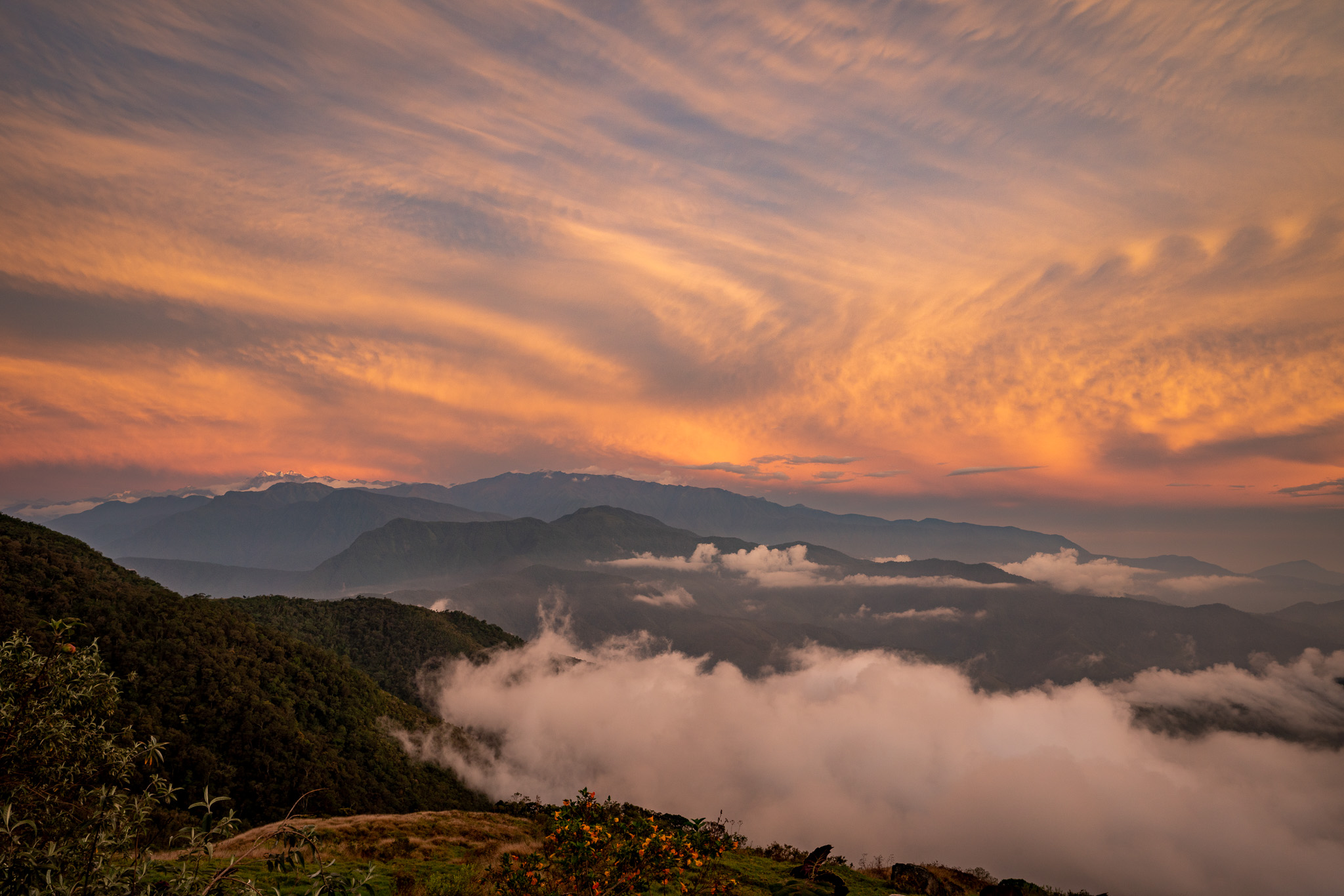The Colombian Caribbean is a region characterized by its diverse and unique ecosystems, each contributing to the rich tapestry of biodiversity. One prominent ecosystem is the Seasonally Dry Tropical Forest, a biome marked by distinct wet and dry seasons. This habitat supports a variety of flora and fauna adapted to the cyclical changes in precipitation. Another noteworthy ecosystem is the Cloud Forests of the Sierra Nevada de Santa Marta, a majestic mountain range along the Caribbean coast. These mist-shrouded forests harbor a wealth of endemic species and play a crucial role in regulating local climate patterns. The Cloud Forests are not only a haven for biodiversity but also serve as a vital water source for surrounding communities. Together, these ecosystems showcase the ecological marvels found in the Colombian Caribbean, underscoring the importance of conservation efforts to safeguard their unique and delicate balance.

The Seasonally Dry Tropical Forest
The Seasonally Dry Tropical Forest (SDTF) in the Colombian Caribbean is a fascinating and threatened ecosystem that experiences distinct wet and dry seasons throughout the year. It is characterized by a rich array of plant and animal life adapted to the challenging climatic fluctuations. The flora of the SDTF is resilient and diverse, featuring an assortment of deciduous trees, shrubs, and succulents that have evolved to withstand prolonged periods of drought. Iconic tree species such as the mighty Cavanillesia platanifolia and the drought-resistant Pseudobombax septenatum showcase the adaptability of the vegetation to the cyclical changes in precipitation.
However, the Seasonally Dry Tropical Forest is facing severe threats, primarily due to human activities such as logging, agriculture, and urbanization. The expansion of these anthropogenic activities has led to habitat fragmentation and loss, endangering countless plant species and diminishing the biodiversity that characterizes the SDTF. Many flora within this ecosystem are now classified as endangered or critically endangered, underscoring the urgent need for conservation efforts.
Preserving the Seasonally Dry Tropical Forest is crucial not only for the survival of its unique flora but also for the myriad ecosystem services it provides. This includes regulating local climate patterns, preventing soil erosion, and sustaining water resources for surrounding communities. Efforts to protect and restore the SDTF involve a combination of conservation initiatives, sustainable land management practices, and community engagement. By raising awareness about the ecological importance of the Seasonally Dry Tropical Forest and implementing measures to mitigate human impact, there is hope for securing the future of this extraordinary and imperiled ecosystem in the Colombian Caribbean.

The Cloud Forests of the Sierra Nevada de Santa Marta
The Cloud Forests of the Sierra Nevada de Santa Marta, gracing the Colombian Caribbean with their beauty, represent a majestic and unique ecosystem. Perched along the mountainous terrain of the Sierra Nevada, these mist-covered forests are home to an exceptional diversity of flora, with many species found nowhere else on Earth. Towering ancient trees, such as Ceroxylon ceriferumwax (Wax palm) and Retrophyllum rospigliosii (Pino Romerón), create a captivating canopy that harbors an array of epiphytes, ferns, and mosses thriving in the constant mist.
The flora of the Cloud Forests is not only characterized by its richness but also by its ecological importance. These forests act as crucial water towers, capturing moisture from passing clouds and releasing it as a steady supply of freshwater to rivers and streams below. Orchids and bromeliads are among the emblematic species that contribute to the unique charm of the Cloud Forests.
Conservation initiatives in the Sierra Nevada de Santa Marta aim to protect the Cloud Forests by promoting sustainable land use practices, engaging local communities in preservation efforts, and advocating for the enforcement of protective measures. The urgency of safeguarding these cloud-kissed landscapes lies not only in their irreplaceable biodiversity but also in their vital role in sustaining regional water resources and contributing to the resilience of the broader Colombian Caribbean ecosystem. Preserving the Cloud Forests of the Sierra Nevada de Santa Marta is a testament to our commitment to the intricate web of life that graces this remarkable corner of the world.

Mangrove Forests
The mangrove forests in the Colombian Caribbean constitute a vital and unique ecosystem, characterized by the intertidal zones where land and sea seamlessly merge. These coastal forests are primarily found in estuaries, lagoons, and along sheltered coastlines, forming a crucial interface between terrestrial and marine environments. In Colombia, these mangrove ecosystems play a pivotal role in sustaining biodiversity, providing valuable ecosystem services, and acting as a shield against coastal erosion and storm surges.
The flora of Colombian Caribbean mangrove forests is exceptionally adapted to thrive in saline and brackish water conditions. Some of the key mangrove species in this region include the red mangrove (Rhizophora mangle), black mangrove (Avicennia germinans), tea mangrove (Pelliciera benthamii), and white mangrove (Laguncularia racemosa). These species have evolved unique adaptations, such as aerial prop roots and salt-excreting leaves, allowing them to thrive in the challenging coastal environment.
Mangrove ecosystems are facing increasing threats, rendering them endangered on a global scale. Human activities, including coastal development, aquaculture, and logging, pose significant challenges to the health and survival of mangrove forests. Additionally, climate change-induced factors such as rising sea levels and extreme weather events further exacerbate the vulnerability of these ecosystems.
